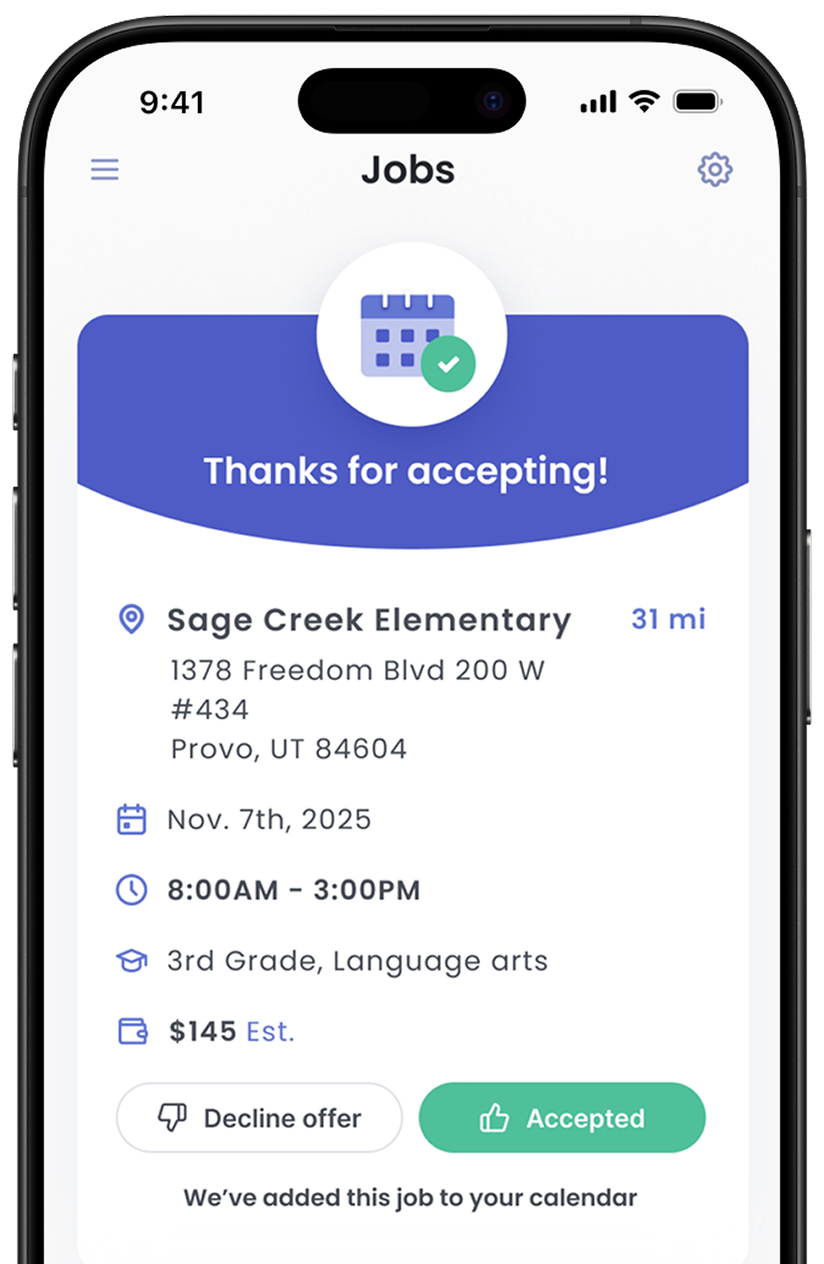What is a fixed mindset?
When it comes to learning, students are likely to face challenges, such as not understanding something, feeling overwhelmed, or feeling discouraged. It can be easy for students to develop a fixed mindset—a pattern of negative thoughts and beliefs about themselves, the class, or the subject matter.
It is important for those working in schools to recognize when students are getting stuck in a fixed mindset. A fixed mindset can lead students to get increasingly frustrated, disengaged, and sometimes disruptive. Without support, a fixed mindset can become entrenched, drastically altering a student's experience and learning over the years.
What are the signs of a fixed mindset?
The most obvious sign is negative talk. Students may speak badly of themselves:
- I'm not good at this.
- I'm stupid.
- I suck at _______.
- I always get bad grades in _______.
Students may share negative thoughts about a class or about the assignment:
- This is too hard.
- I don't understand this.
- This is stupid.
- Why do we need to know this?
- I hate this class.
Some students may not verbalize the negative thoughts they are having, so you should also be aware of facial expressions and body language that show a students is struggling:
- sadness - frown, teary eyes or crying, etc.
- defeat - pencil down, head down, hands over face, etc.
- frustration - pounding desk, crumpling paper, anger, etc.
- apathy - no attempt to try, quickly choosing random answers, etc.
What is a growth mindset?
A growth mindset is a pattern of positive thoughts and beliefs when faced with challenges. Students with a growth mindset are able to continue putting in effort to work through struggles. A growth mindset does not come naturally to many students—students need to be taught this perspective explicitly, and it takes consistent reminders and support from school staff, but over time, students can internalize the positive mindset and thrive in their learning.
How can I foster a growth mindset in students?
Below are some effective strategies to help students develop a growth mindset.
Teach Positive Self-Talk
Students reinforce negative thinking as they verbalize those thoughts over and over again. Teach students how to replace those negative statements with positive ones. For example:
- I'm not good at this. --> I will become good at this with practice.
- I'm stupid. --> I'm up to the challenge and will keep going.
- I always get bad grades in _____. --> I can work hard and raise my grades in _____.
- This is too hard. --> I will try again and work through it.
- I don't understand this. --> I will ask for help so that I can understand this.
- This is stupid. --> I can push myself and accomplish this.
- I hate this class. --> I will find a way to succeed in this class.
One powerful word to teach students is "yet." If a student says they do not understand or they aren't good at something, you can remind them to add the word "yet" to those statements! However you phrase things, the goal is to model positive talk, which will help students develop positive self-talk over time.
Give Students a Healthy Perspective about Failure
Nobody enjoys failure, but most adults understand that a healthy perspective can use failures as a way of learning. Very few students have that perspective at such a young age, so it has to be taught!
An easy example is getting a math problem wrong. This is a frustrating experience! But with a healthy perspective, you can share with students how it's normal and impressive to take the time to review those mistakes and learn from them. As many educators have pointed out, some of the strongest learning takes place between a test and a retake!
Remind students that nothing is a failure when they give their best effort to try. The only true failure is giving up.
Emphasize that Success Comes with Effort and Hard Work
For students of all ages, it's easy to believe that others are good at something because they are naturally smart or talented. This leads them to believe that if they struggle with something, it's because they aren't smart or talented.
First, it's important to teach students that learning is not a competition with others. Everyone will struggle with different things in school, and if it seems like others are having an easier time, they need to remember that there is something else that isn't so easy for their classmates.
Second, teach students that success is more about effort and hard work than anything else. Even people that we consider to be the smartest or most talented in this world are not successful without effort and hard work.
You can reinforce these attributes when you comment on student work, saying things like, "I love the effort you are putting into this assignment" and "I can tell you have been working hard to learn this!"
Highlight and Celebrate Successes
When students succeed, point it out and give praise! This is important for all students and sets a positive tone for the classroom.
Pay special attention to students who overcome challenges and give them positive comments as well. This can be done privately, or you can include them when giving general shout-outs (just don't mention their struggles in front of peers).
You can praise students for completing work, for using positive talk, for using strategies to work through the assignment, for helping one another, and so on. By praising good learning behaviors, it reinforces those habits and incentivizes students to continue using them.
.png)




